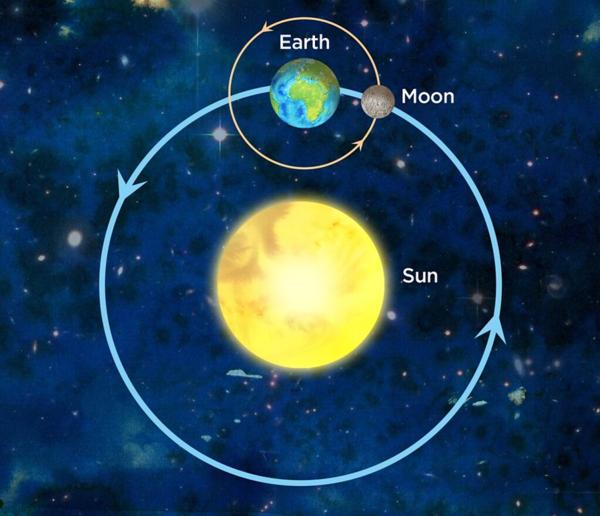- Science
- Grade 5
- Earth and space
Science.5.9
The student is expected to demonstrate that Earth rotates on its axis once approximately every 24 hours and explain how that causes the day/night cycle and the appearance of the Sun moving across the sky, resulting in changes in shadow positions and shapes.

Knowledge and Skills Statement
The further explanation is designed to be a resource for educators that helps them better understand the topic their students are learning. Further explanations may be written at a more complex level than would be expected for students at the grade level.
Research
Ashmann, Scott. “A Sun-Earth-Moon Activity to Develop Student Understanding of Lunar Phases and Frames of Reference.” Science Scope 35, no. 6 (February 2012): 32–36. https://www.proquest.com/docview/920350295?sourcetype=Scholarly%20Journals.
Summary: The activity described in this article can help students better understand the relative positions of the Sun, Earth, and Moon. It provides a series of questions to guide students to a deeper understanding of the phases of the Moon and the Moon’s relation to the Sun and Earth. In this activity, the teacher uses a dark room with a lamp representing the Sun. A student represents the Earth. Another student is added to represent the Moon. During this time, the teacher should ask guiding questions about the Earth’s rotation and allows the class to discuss their thoughts. Asking students what the Moon represents one day enables the teacher to see what misconceptions students have about the Moon and its movement.

